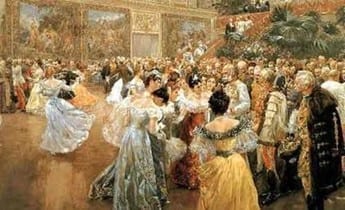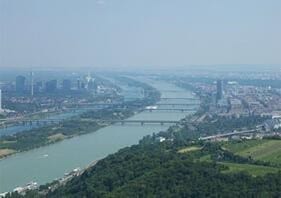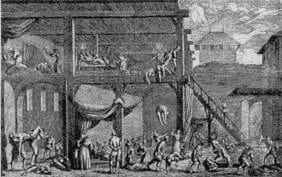When were the beginnings of the Viennese waltz? Why was it initially considered immoral and reprehensible? Who was the undisputed waltz king?
Previously considered immoral and reprehensible, the Viennese waltz has been a UNESCO intangible cultural heritage since September 2017. The Viennese Waltz has a long tradition and is an important part of the approximately 450 Viennese balls . It makes a long ball night really complete.
The WienerOperaball is traditionally opened with a left-hand waltz . Turning in three-quarter time, left or right, is something typically “Viennese” and is nowhere as celebrated as in Vienna. Even at weddings and festive occasions it is common to start with a waltz.
The Viennese waltz is derived from the word rolling, which means turning and grinding. It was created in the last quarter of the 18th century in the Bavarian-Austrian area. It is a dance in three-four time for single couples and as a preform we can refer to the “Ländlerisches Dancing”. The dancer and the dancer are constantly bouncing and spinning.
It is a social and ballroom dance in 3/4 time, danced at a tempo of 58- 60 beats per minute. In comparison, there is also the Slow Waltz (English Waltz). The Viennese waltz (formerly known as the French waltz) was first mentioned in early 1770s in Old Viennese folk comedies and became known even before the French Revolution. He supplanted the aristocratic minuet as relevant ballroom dance.
At first, the waltz was sometimes heavily criticized because it was considered immoral, too fast and too tight because of the movements. In particular, theleft-sided waltz, was initially frowned upon for indecency in the Viennese high society, especially because of theintimate touch of the couple.
This also had to do with the fact that the ladies suddenly showed their ankles while dancing. The ladies were also tightly laced and some fainted right away because of the fast spinning movements .
In 1814/15 the Viennese waltz was often danced during the Congress of Viennaand turned into to a social event in Vienna. After the Napoleonic wars, Europe was restored to its former structures and negotiations were held in Vienna. Besides of the negotiations a lot of waltzing events took place. It is not for nothing that the famous saying “Congress dances, but it does not move” came into being.
During the Biedermeier period , Vienna definitely became the waltz metropolis of Europe. The Viennese waltz gained acceptance and popularity.
Johann Strauss’ father founded the Strauss dynasty and composed mostly waltzes. However, he is better known for his march music, such as the famous Radetzky March, a tribute to General Radetzky. Joseph Lanner , together with Johann Strauss Vater , is considered the founder of the Viennese waltz.
Later, the waltz isbrought to its highest perfection by the Strauss sons Johann, Josef and Eduard. Through concert tours it is carried as far as America. Johann Strauss Sohn (1825-1899) went down in history as the “Waltz King” . His tours took him to Russia and even to America.
His most famous work is the Danube Waltz, which was premiered at the Dianabad in February 1867 . The nine-minute original version of the Danube Waltz should not be missing on any New Year’s Eve . In Vienna People dance traditionally to the sounds of the Danube waltz into the New Year The Danube Waltz is also on the program at the New Year’s Concert and is considered the unofficial anthem of Austria.
Time Travel Tip: There are now several dance schools in Vienna that specialize in waltz lessons . You can attend a so-called hop-on/hop-off course before a ball night and then shine with your newly learned waltz steps.
More info: Waltz dance courses Vienna: Learn to waltz – quickly and safely (stadt-wien.at)




